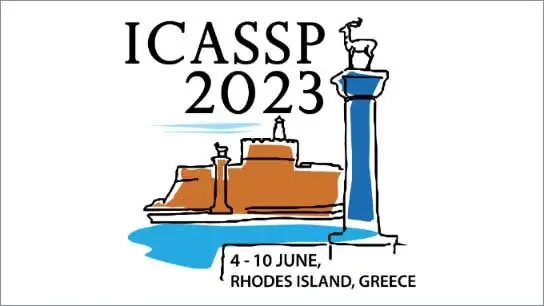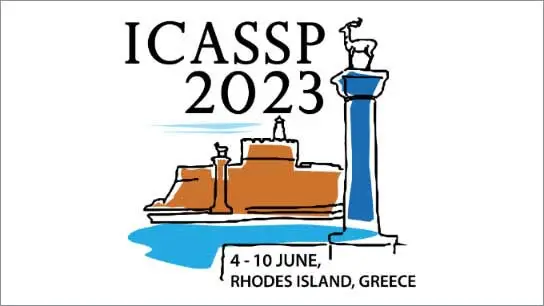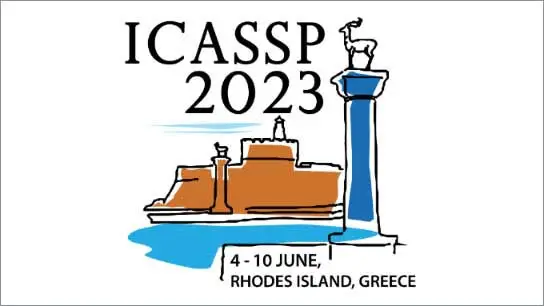Geometry-aware DoA Estimation using a Deep Neural Network with mixed-data input features
Ulrik Kowalk (Institute of Hearing Technology and Audiology, Jade University of Applied Sciences, Oldenburg); Simon Doclo (University of Oldenburg); Joerg Bitzer (Institute of Hearing Technology and Audiology, Jade University of Applied Sciences, Oldenburg)
-
Members: FreeSPS
IEEE Members: $11.00
Non-members: $15.00
07 Jun 2023
Unlike model-based direction of arrival (DoA) estimation algorithms, supervised learning-based DoA estimation algorithms based on deep neural networks (DNNs) are usually trained for one specific microphone array geometry, resulting in poor performance when applied to a different array geometry. In this paper we illustrate the fundamental difference between supervised learning-based and model-based algorithms leading to this sensitivity. Aiming at designing a supervised learning-based DoA estimation algorithm that generalizes well to different array geometries, in this paper we propose a geometry-aware DoA estimation algorithm. The algorithm uses a fully connected DNN and takes mixed data as input features, namely the time lags maximizing the generalized cross-correlation with phase transform and the microphone coordinates, which are assumed to be known. Experimental results for a reverberant scenario demonstrate the flexibility of the proposed algorithm towards different array geometries and show that the proposed algorithm outperforms model-based algorithms such as steered response power with phase transform.



